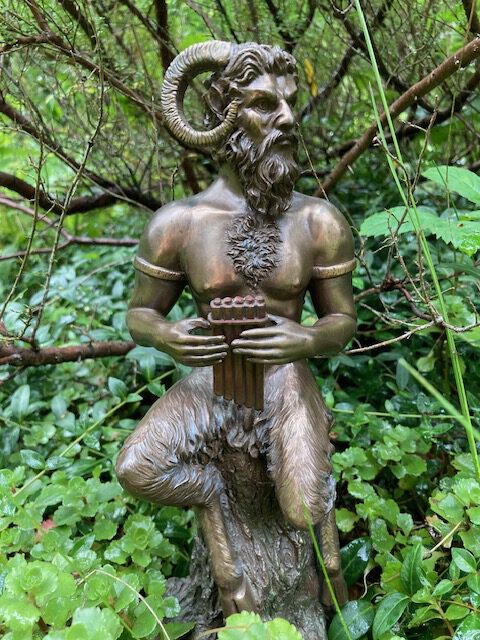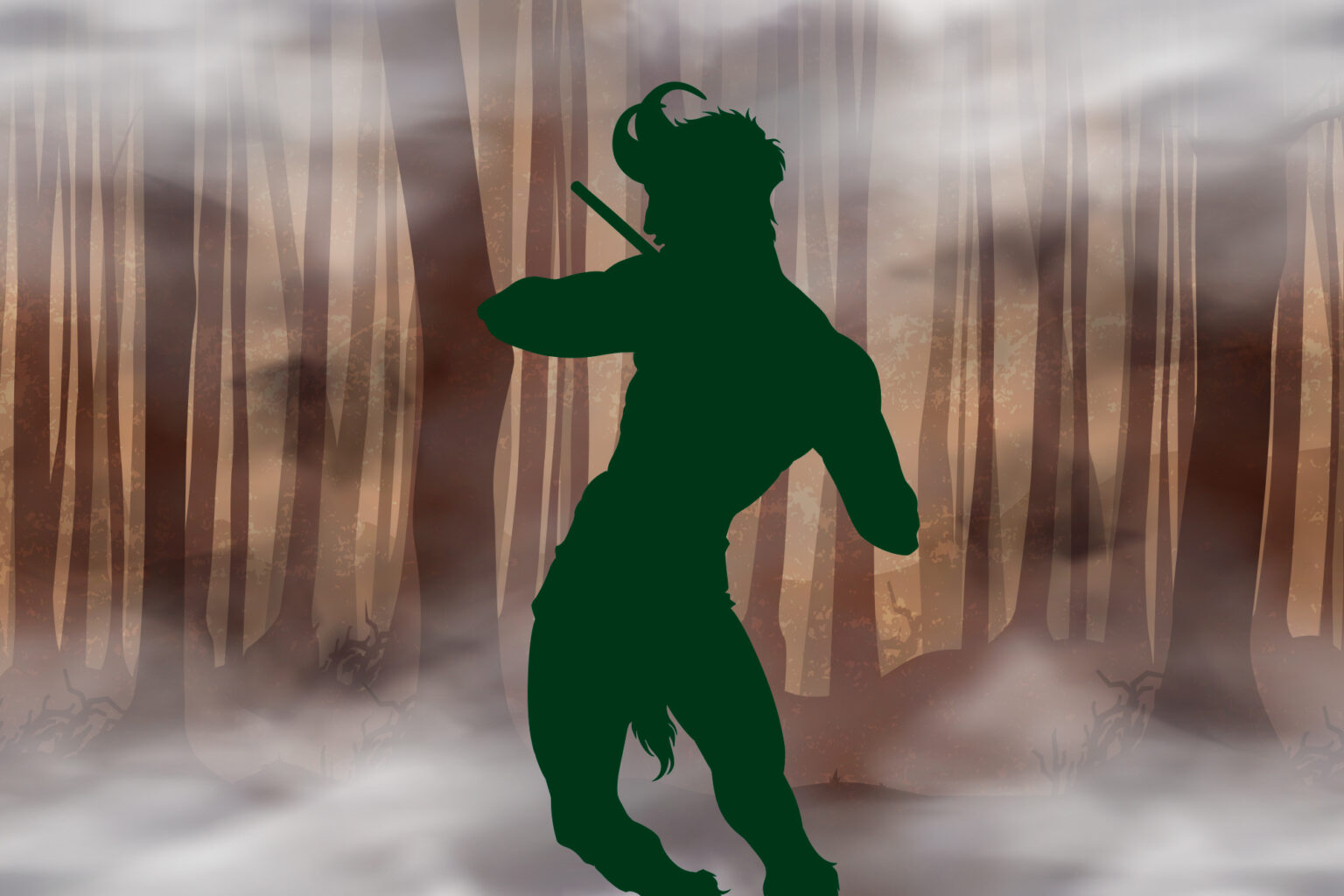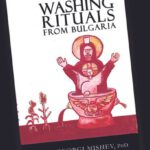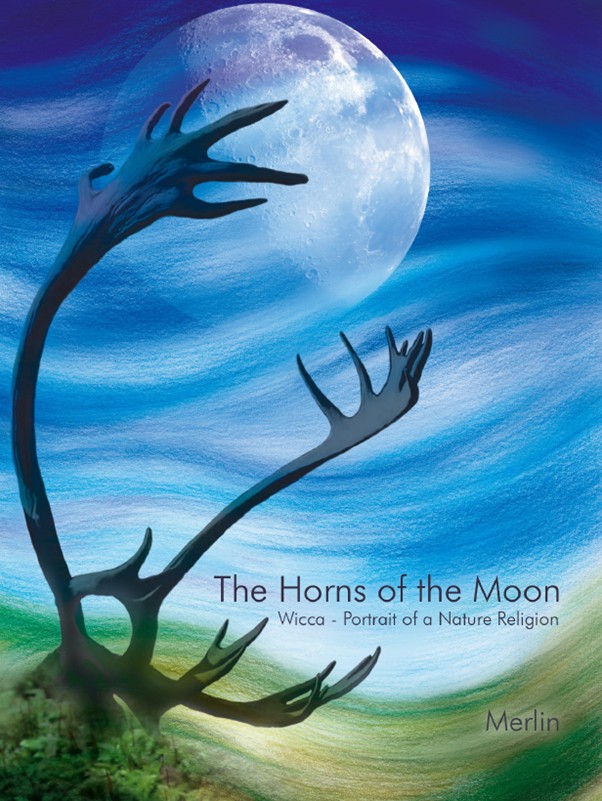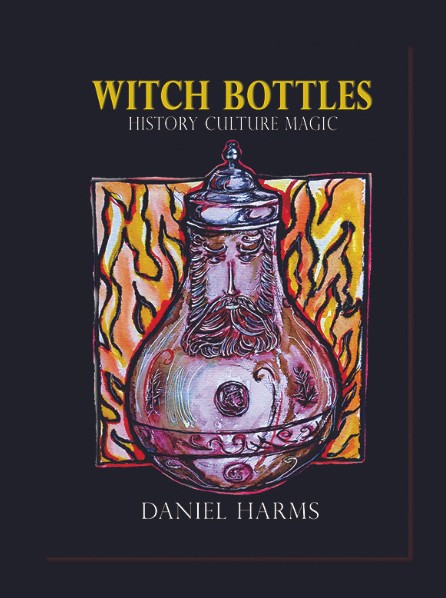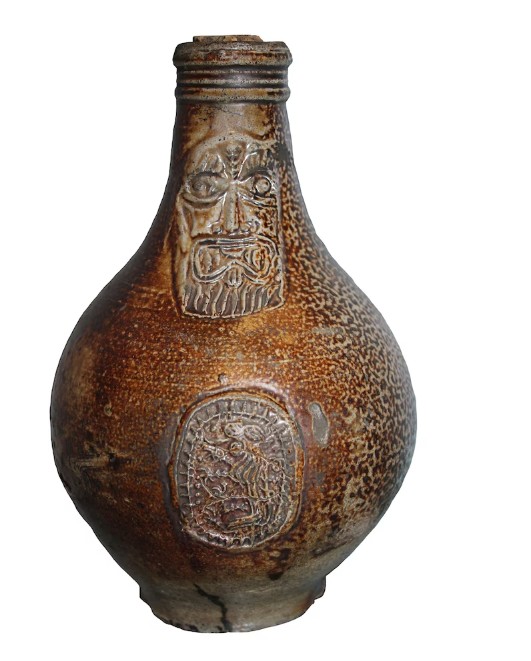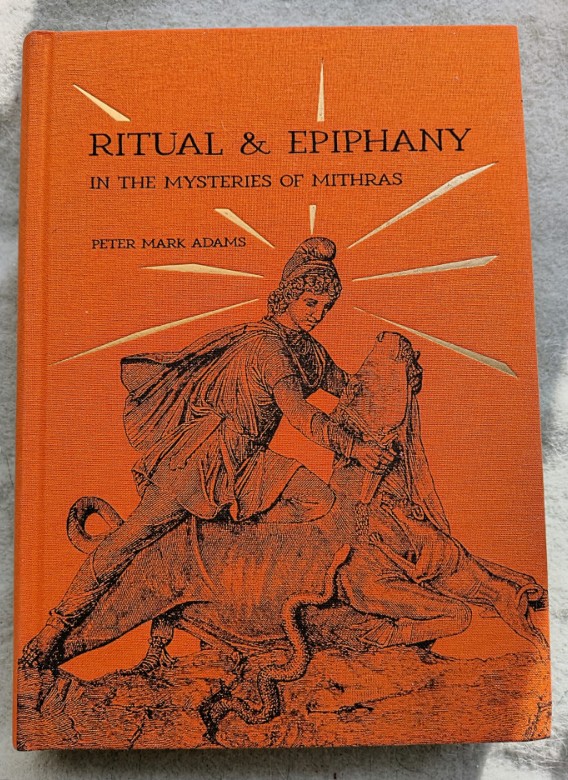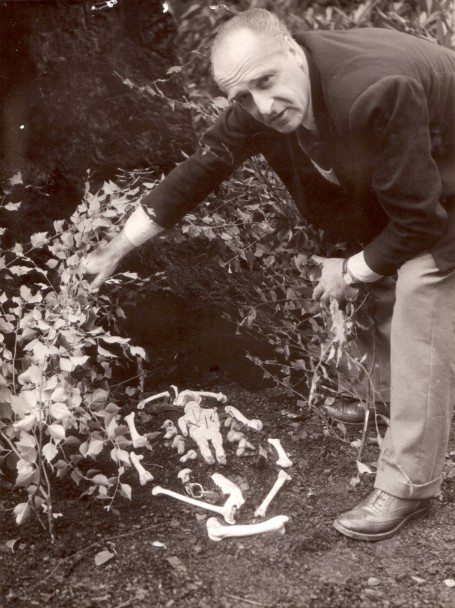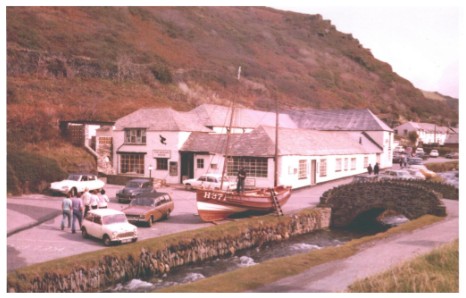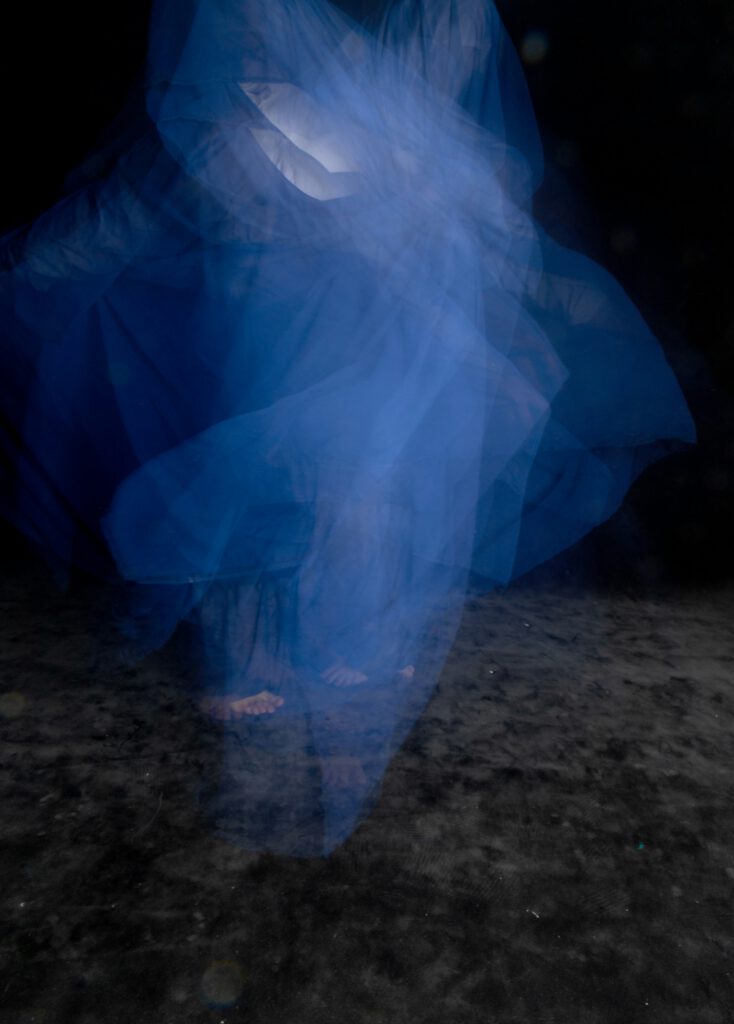 The Horns of the Moon: Wicca – Portrait of a Nature Religion
The Horns of the Moon: Wicca – Portrait of a Nature Religion
Merlin Sythove
Published by Silver Circle Publishing as an e-book. To order a copy, please use the Donation button on the Silver Circle website.
The guideline is EUR 7,50. Then send me an email so that I can complete the order <morgana@paganfederation.org> Thanks!
In March 2025, Martika and I travelled to the Netherlands to celebrate the Silver Circle 45th anniversary. Needless to say, we had a fantastic time catching up with old friends and making some new ones. When we returned home, I was delighted to find that Morgana had sent us a copy of the eBook Horns of the Moon by Merlin.
First published in 1998, this is a concise yet informative book on the type of Wicca I grew up with. From its evocative cover (designed by Alexandra Cichecki), the Horns of the Moon is a refreshing read, beginning with a forward by Rhianne, Merlin’s daughter. Merlin begins by discussing the word Wicca itself, pointing out that the word originally referred to the people of the Craft, rather than the religion/spiritual tradition itself. He points out that Wicca is an initiatory tradition, and as an initiate, a person becomes a Wicca priest/priestess and witch. Merlin discusses what is meant by modern Witchcraft as well as distinguishing between revelatory religions such as Christianity and experiential religions like the Craft.
In the first part of the book, Merlin considers the history of Witchcraft from the pagan past through to the witch trials of the early modern period. He is careful to point out that the women and men killed in the witch trials were the victims of a miscarriage of justice, rather than being actual witches. This leads to a brief discussion of the father of modern witchcraft, Gerald Gardner, and the role of other important contributors to the Craft, like Alex Sanders and Doreen Valiente.
Merlin then discusses what is meant by a mystery tradition, pointing out that experience is key to understanding what is meant by mysteries. Merlin uses the excellent analogy of the marriage, explaining that although it is a common thing, the only way to really get the mystery of marriage is to experience it, and in experiencing it, there is no adequate way of explaining that experience to others who have not. This leads to a discussion on what is meant by Wicca being a nature religion. The nature aspect of Wicca, like that of the mysteries, is an important part of my experience and practice of this tradition, and so it is refreshing to read such a lucid explanation.
The next two chapters explore the Goddess and the God as the triple Goddess and the dual nature of the Lord of death and life. Merlin discusses the importance to the Divine Feminine and Divine Masculine, hinting at that which transcends them both.
In the next chapter, Merlin discusses the Wiccan view of the afterlife, explaining some key concepts like the myth of Summerland, Reincarnation and Karma. The Wheel of the Year is covered in the chapter on annual festivals. Merlin outlines the four greater sabbats using the Celtic names of Imbolc, Beltane, Lughnasadh and Samhain, relating them to the archetypal stages of life and the mysteries associated with them. The lesser Sabbats are also covered, before moving onto the lunar festivals. Here is where Merlin introduces something new and unique by giving a European version of the names of the moon, and also relating them to the tides and seasons of the year.
Merlin briefly discusses the role of ritual nudity and the role of ritual as symbolic actions that enable to the witch to out themselves in accord with the powers of nature. He describes the process of casting the magic circle, explaining some of the visualisations that go with the process. Next, he talks about magic, something that is intimately connected with the concept of the witch. Again, Merlin takes time to dispel myths, before talking about what magic is. In a nice turn of phrase, he describes it as “using the laws of nature to bring about certain changes”.
The next chapter looks at initiation, outlining how the first degree introduces the new witch to the work within the circle and the coven. Once mastered, they may then go on to take the second-degree initiation. Here they become elders who can take on some responsibilities from the High Priestess and High Priest, such as training seekers, new to the Craft. Finally, Merlin briefly outlines the third degree, but is clear to state that these degrees are not ranks in a hierarchy.
After discussing rites of passage such as naming ceremonies, handfastings and funerals, Merlin then goes on to say something about coven life. He outlines the role of the High Priestess as the leader of the coven. The final chapters look at Wicca in the Netherlands before concluding that Wicca belongs to the realm of night and the emotions.
Merlin has skilfully provided us with a primer for those people who want to find out what Wicca is all about. He lays out the importance of Wicca as an oral tradition. His writing style is informative and accessible, and he provides signposts for readers who want to look more deeply into the topics he describes. For example, in the chapter on the history of Wicca, he recommends the books of Ronald Hutton and Phillip Heselton. He takes the parts of the Craft, both well known, but also innovative such as the lunar festivals based on European moon names, and illuminates them with lucidity and charm.
While there are literally hundreds of books on the market about the various different forms of Witchcraft, there are very few which introduce Initiatory Wicca to the reader. This may be because of the nature of Initiatory Craft as an esoteric mystery tradition, or the fact that it is a long-term commitment and so not very marketable. However, along with a few other authors, Merlin has created a book that is a perfect introduction to Initiatory Wicca. As someone who spends a great deal of time training people for this tradition, it is a gift to have an excellent book to recommend to students.

